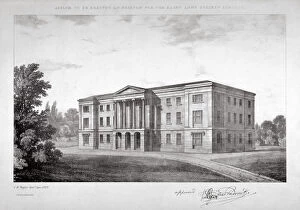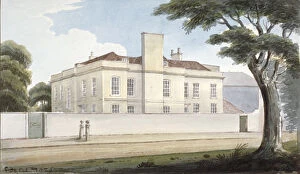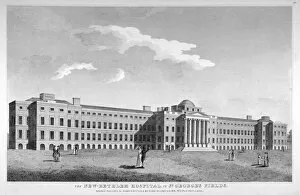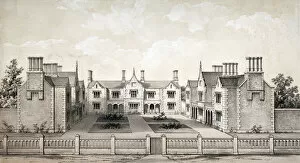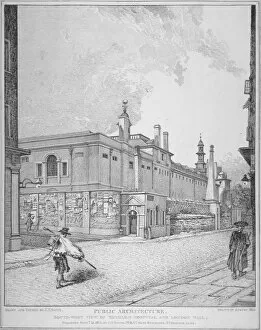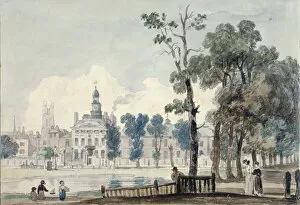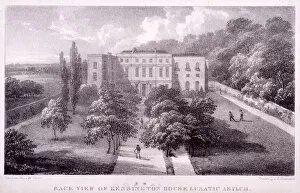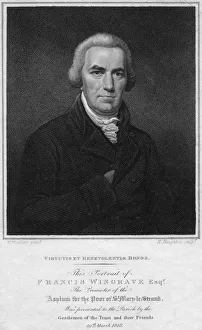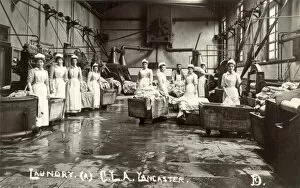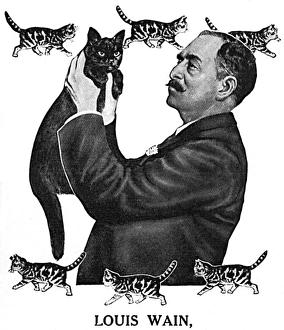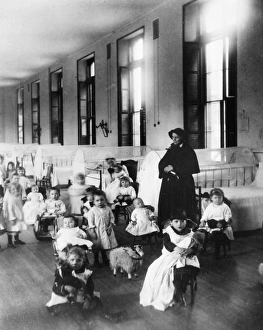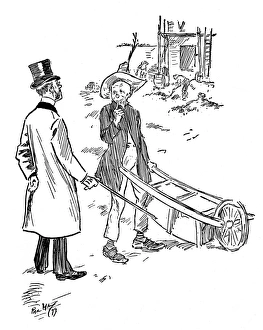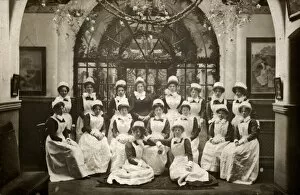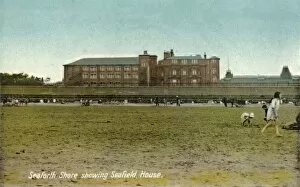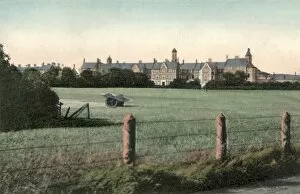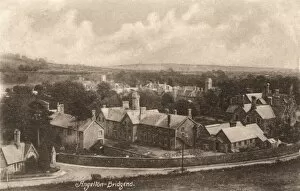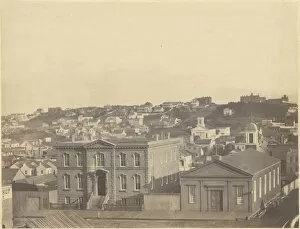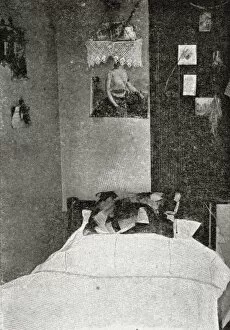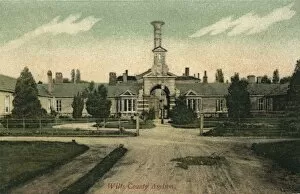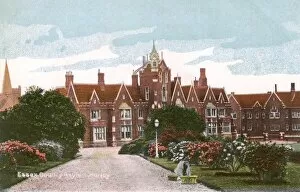Asylum Collection (page 9)
Step into the haunting history of asylums with these captivating glimpses into some of the most renowned institutions
All Professionally Made to Order for Quick Shipping
Step into the haunting history of asylums with these captivating glimpses into some of the most renowned institutions. From Warwick County Mental Hospital in Hatton, Warwickshire to North Wales Lunatic Asylum in Denbigh, North Wales, each asylum holds its own dark secrets and tales. In the late 19th century, under the watchful eye of Charcot & Asylum Patient at Stone Asylum in Aylesbury, Buckinghamshire, groundbreaking research on mental health was conducted. Meanwhile, Banstead Asylum in Surrey provided solace for those seeking refuge from their troubled minds. As we journey through time and space, we stumble upon Licensed Victuallers Asylum - a sanctuary for those who once served us drinks but now needed support themselves. And not far away lies County Lunatic Asylum in Colney Hatch, Middlesex; its imposing structure standing as a stark reminder of society's approach to mental illness during that era. Moving further northwards brings us to Parkside Asylum nestled amidst Macclesfield's picturesque landscapes in Cheshire. Here patients found respite from their inner demons while surrounded by nature's healing touch. Venturing south again leads us to Tooting Bec Asylum in Surrey where compassionate care was offered alongside innovative treatment methods. Derby County Mental Hospital stands tall among the rolling hills of Mickleover, Derbyshire - an institution dedicated to providing hope and recovery for countless individuals battling their own minds. Finally, our journey concludes at Exminster Asylum located amidst Devon's tranquil countryside. This asylum embraced patients with open arms and strived towards creating an environment conducive to healing and growth. These snapshots offer mere glimpses into the intricate tapestry woven within these walls – stories untold yet deeply etched into history's fabric. The echoes of pain mingling with whispers of resilience remind us that behind every locked door lay lives yearning for understanding and compassion beyond measure.


